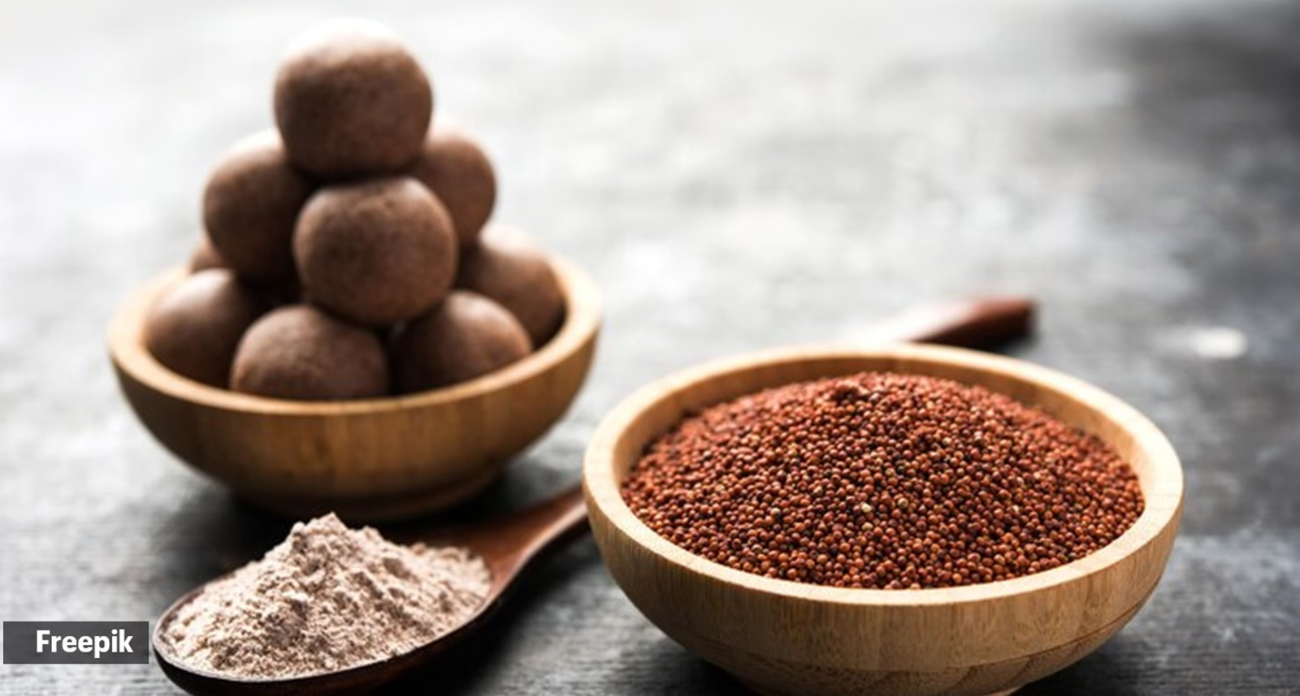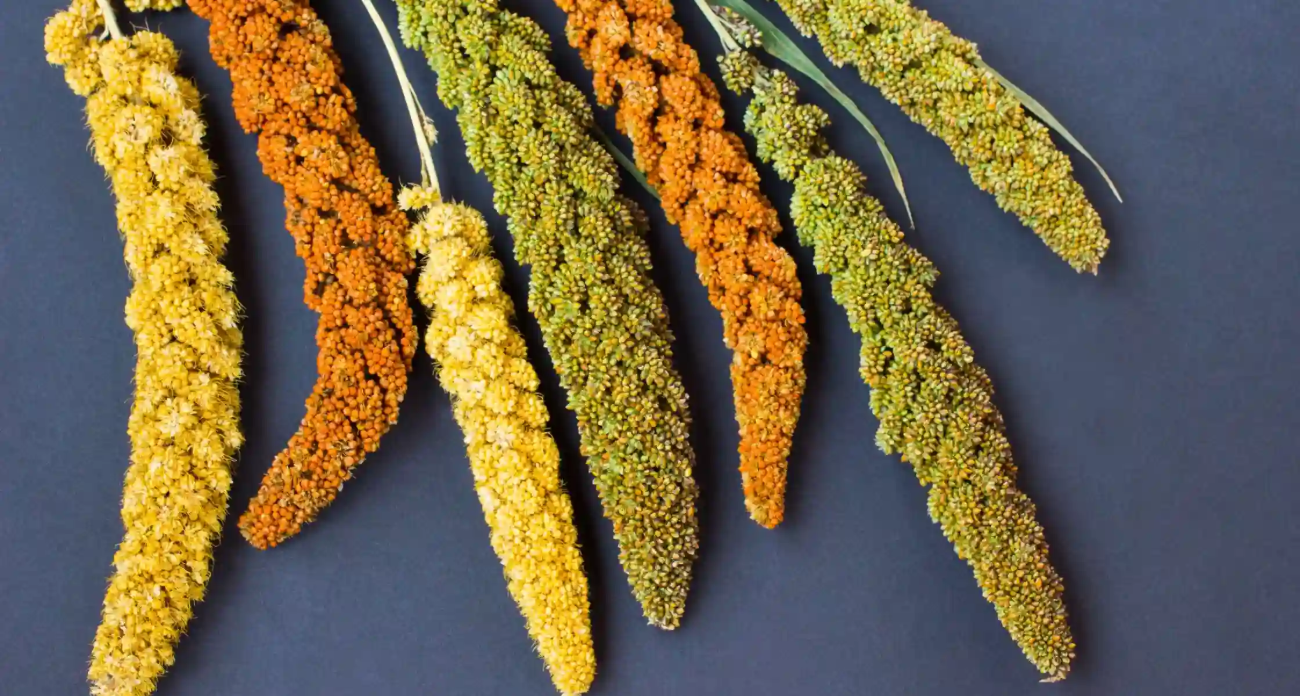7 Health Benefits of Ragi
A generation ago, many Indians, especially in the southern part of the country, were familiar with ragi or finger millet (Eleusine coracana L.). The once well-known cereal is however totally absent in most people’s diets today. This is quite surprising and unfortunate, considering the nutritive and therapeutic value of finger millet for the human body. Besides, it is a very adaptable crop that is admirably suited to Indian climatic conditions, making it doubly significant. Let’s take a look at a few of the
10 Different Types of Millets and Their Benefits
Millets, often termed as “super grains,” are a group of highly nutritious small-seeded grasses that have been cultivated for thousands of years. These ancient grains are known for their resilience, adaptability, and exceptional nutritional profile, making them an integral part of traditional diets in many cultures around the world. Originating from various parts of Africa and Asia, millets have played a significant role in sustaining communities, particularly in semi-arid regions where other crops may strug
10 HEALTH BENIFITS OF MILLETS
2023 has been proclaimed as the “International Year of Millet” by the United Nations at the Initiative of the Indian government. The Department of Agriculture & Farmers Welfare aims to promote the cultivation and consumption of millet at a larger scale and bring it to the entire world. Millets have high nutritional value and are rich in proteins, vitamins, minerals, and fibres. They are often referred to as “nutri-cereals” because of their high nutritional value.



